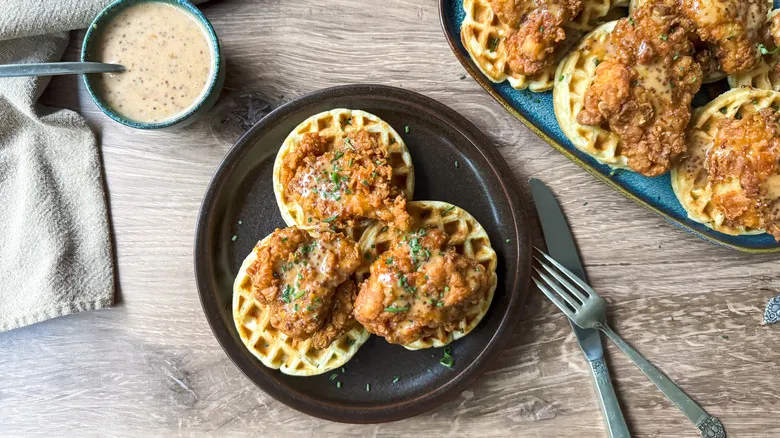The seven symbols of Kwanzaa
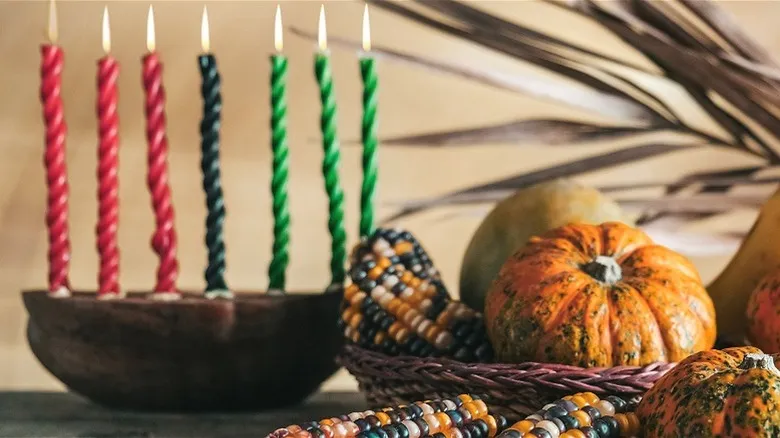
The significance of Kwanzaa extends beyond the traditional foods enjoyed during the celebration. It is also represented in the centerpiece of the dinner table, which features seven key elements. The first is the mkeka, a woven mat that serves as the base for the other six symbols. Positioned atop the mkeka is the kinara, a candelabra honoring the family's ancestors. It holds the mishumaa saba, which consists of seven candles: three red, three green, and one black. Each night, a candle is lit, beginning with the black candle in the center, until all are aglow.
Food also plays a vital role in this symbolism. The kikombe cha umoja, or unity cup, is passed around the table among family and friends. Additionally, the centerpiece incorporates food as symbols, starting with the muhindi, or corn, which signifies the children. Families display one ear of corn for each child they have. If there are no children, they still showcase two ears of corn to represent other children in the community, emphasizing that everyone shares in the responsibility for their well-being. The second food symbol, the mazao, consists of seasonal produce from winter and fall, such as pumpkins, squash, and various colorful apples. These items represent the collective efforts of the family's symbolic village.
The seventh symbol is the zawadi, or gifts. Handmade items like dolls, kinaras, or Kwanzaa-themed treats are encouraged to inspire creativity. Accepting a gift signifies a willingness to embrace the responsibilities of community membership, as well as a commitment to supporting the well-being of the community throughout the year.
Recommended
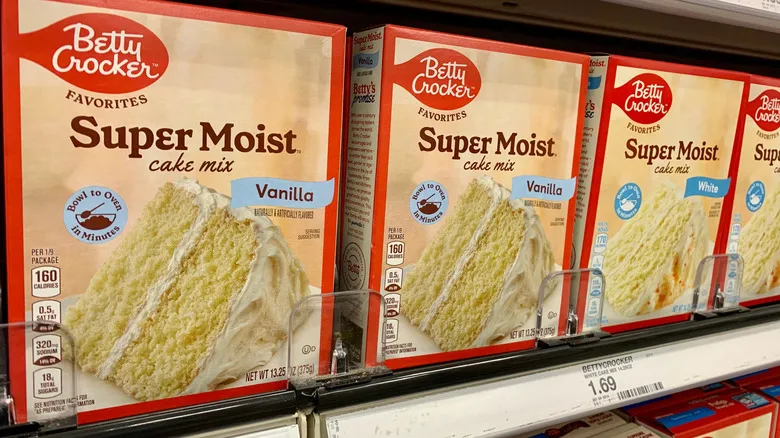
How Betty Crocker Became An American Kitchen Icon
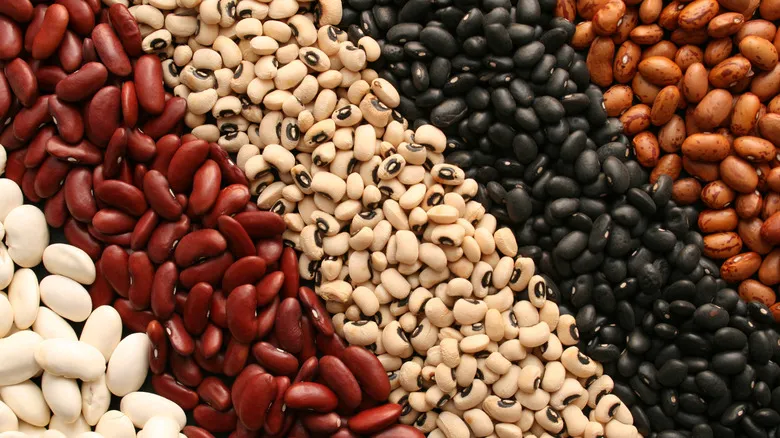
Foods That Don't Actually Expire
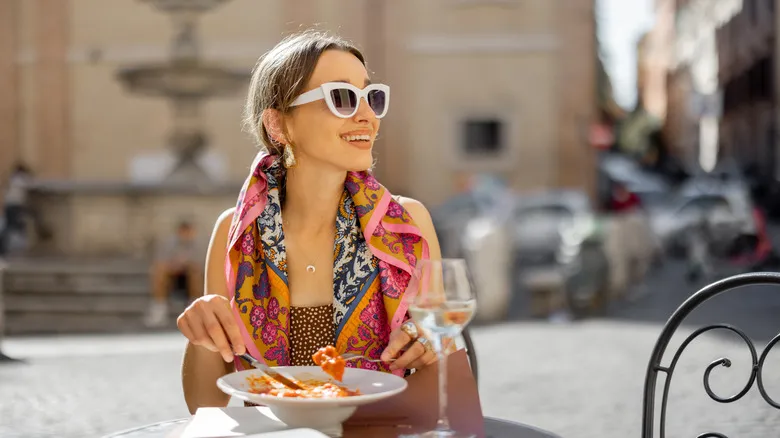
The Only Roman Pasta Recommendation You'll Ever Need

What's The Difference Between Pork Buns And Dumplings?
Next up



